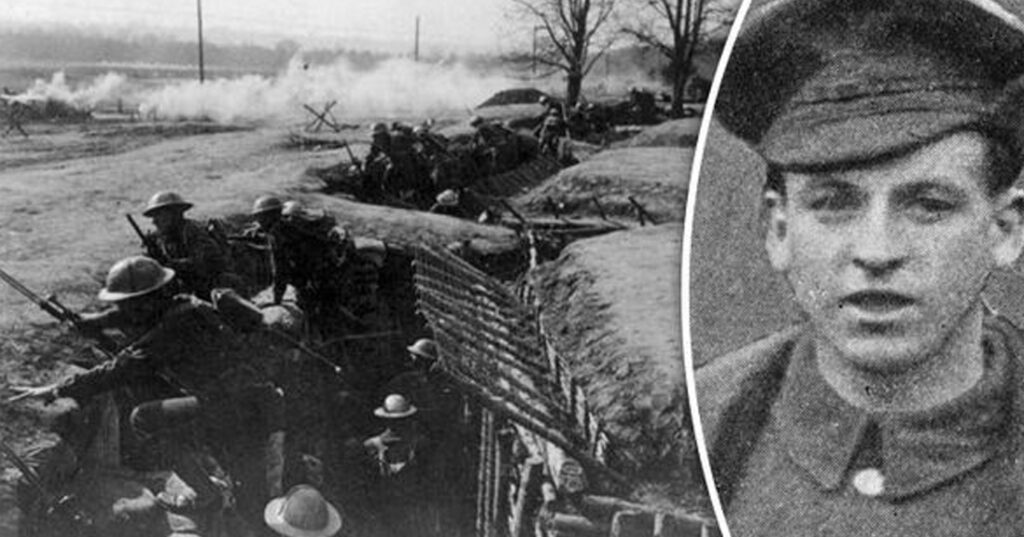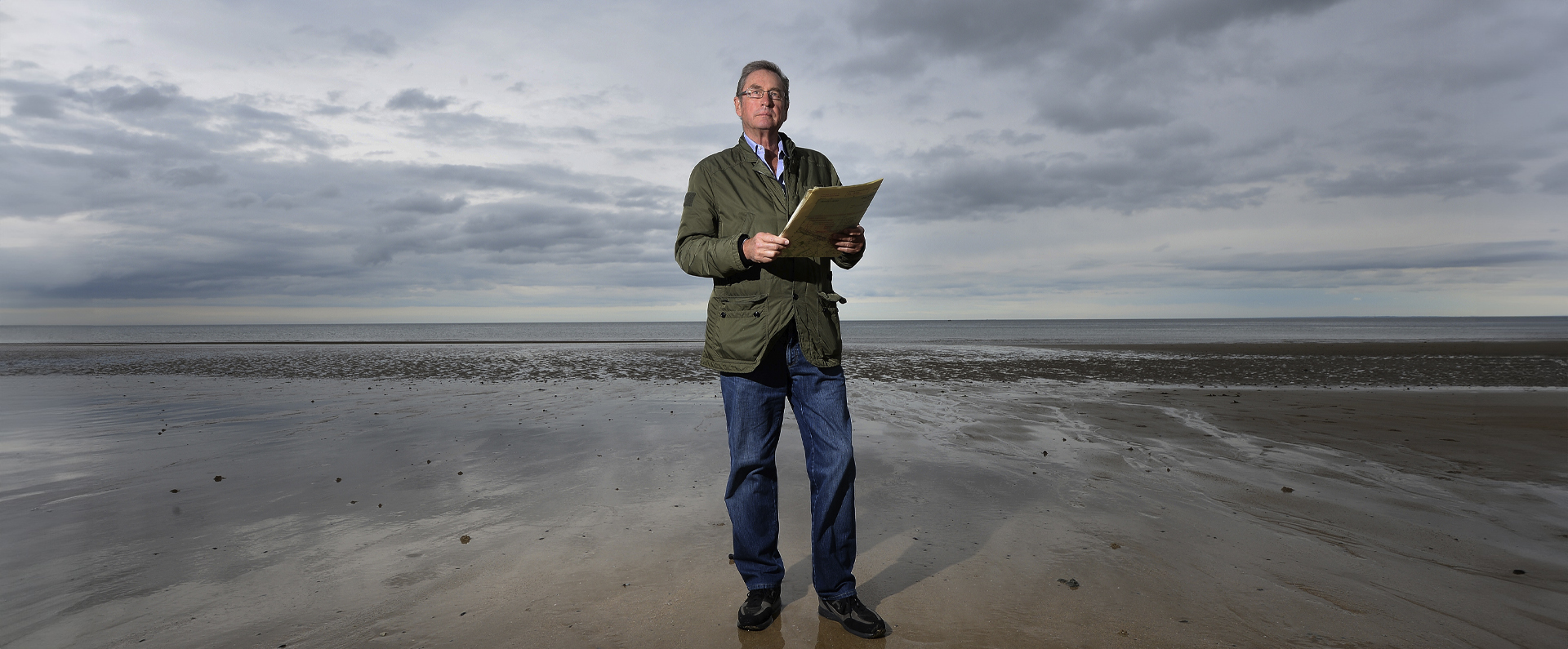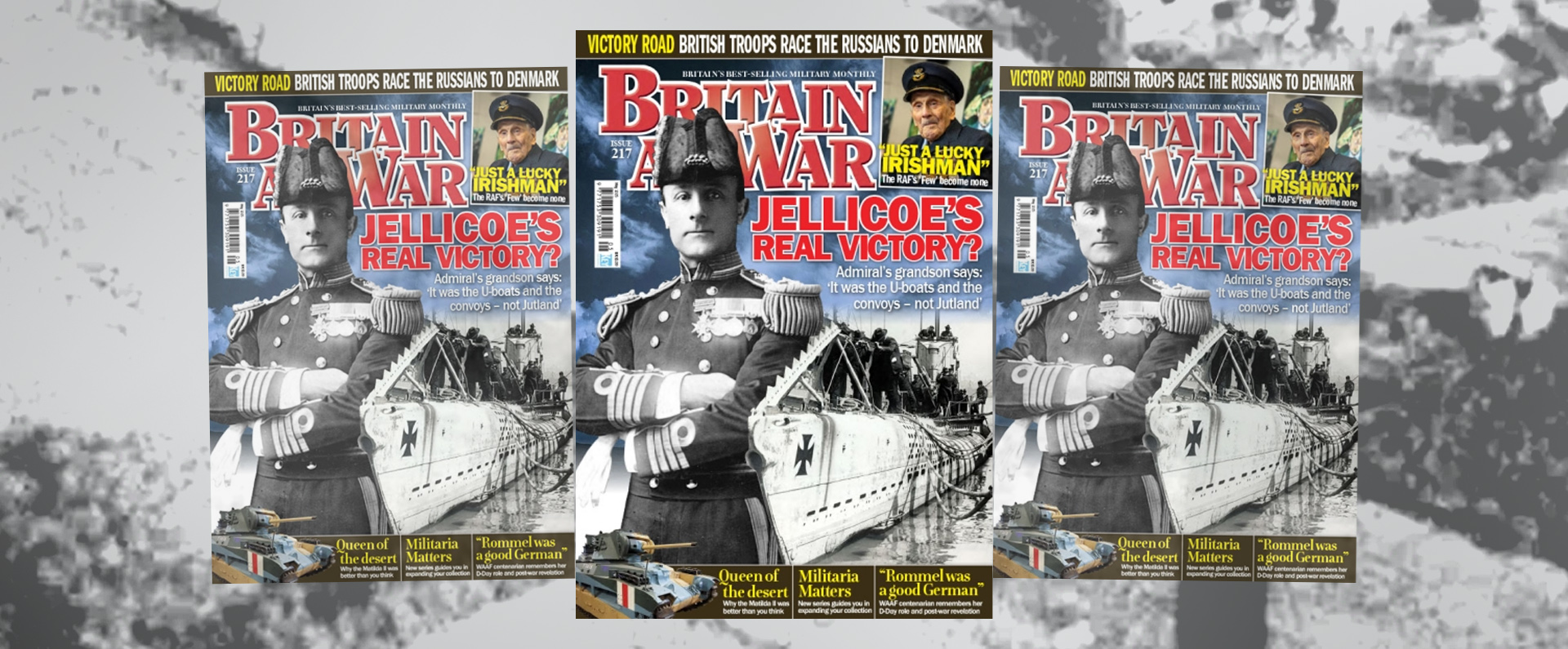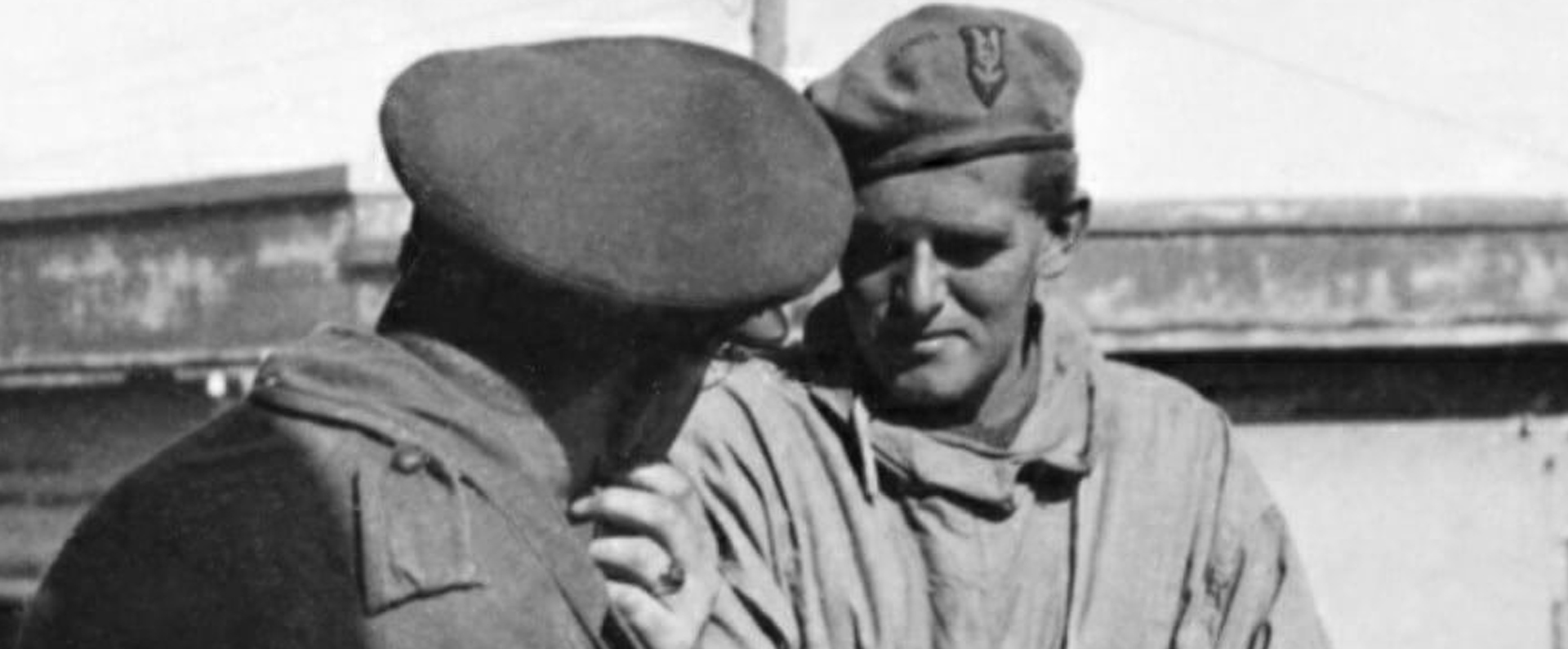
Published in the Daily Express on 17 October 2016.
Private Hubert “Stokey” Lewis
It was autumn 1916 and, after days of torrential rain, the trenches close to the frontline were thick with mud.
The attack on the enemy position had been due to take place on October 17 but appalling weather led to its postponement.
Finally, at 9pm on October 22, the assault began as D Party, one of the four raiding groups, rushed forward to take their positions for the offensive onslaught in Salonika (now called Thessaloniki), Greece.
Among D Party was a short, but tough and strong, Welshman whose bravery over the coming seven and a half hours would lead to him being awarded the Victoria Cross (VC): Britain and the Commonwealth’s premier decoration for bravery in the face of the enemy.
Private Hubert “Stokey” Lewis VC action took place 100 years ago this week and to mark the centenary of his VC action I am re-telling the story of how a modest 20-year-old rose magnificently to the challenge on the battlefield. Hubert William Lewis was born in Milford Haven, Pembrokeshire, on May 1 1896.
Always known as “Stokey”, he was one of four children born to Adrian Lewis, a brass moulder and fitter, and his wife Sarah (née Broome).
After attending Milford Haven National School, he started work in the town’s vast fish market as a packer.
However, on September 3, 1914, he attended a recruitment meeting in the town and two days later he and 75 other volunteers from his home town set off to war with (Lord) Kitchener’s New Army.
Lewis was one of 46 men to be sent to Maindy Barracks, Cardiff, the depot of The Welsh Regiment.
There he joined the 11th (Service) Battalion, otherwise known as the “Cardiff Commercial Battalion” or simply the “Cardiff Pals”.
After training, Lewis departed for France on September 4, 1915.
By this point, Bulgaria had joined the war on Germany and Austria-Hungary’s side, opening a new front, and Lewis’s battalion was one of those detailed to leave the Western Front for Greece.
There they joined General Sir Bryan Mahon’s Expeditionary Force and dug in around Salonika as they waited for an offensive by the enemy forces.
However, eventually the British decided to attack first, and on October 17, 1916 Lieutenant Colonel H.F. Wingate, the battalion’s commanding officer, was ordered to mount a raid on the enemy trenches situated on the heights of Dorsale: an attack that, as stated, eventually took place on the evening of October 22.
As D Party rushed forward, they were spotted by a German sentry and the air became alive with red flares and machine-gun and rifle fire.
Over the next 40 minutes – and only 300 yards from their starting point – D Party was subjected to an intense shelling from the enemy.
Private Lewis was hit in the arm but saw that others were more badly injured and therefore declined medical attention.
Then, in a lull in the bombardment, Captain Guthrie Morgan, commander of the raiding party, charged across 120 yards of wire entanglements with 150 men, including the wounded Lewis.
As they reached the enemy trenches, there was fierce hand-to-hand combat and the British seized control.
This led to a German counter-attack and Lewis was wounded for a second time, but again he refused medical treatment.
Instead, he headed down a seemingly empty trench and was confronted by three German soldiers, but he launched a ferocious and skilful bayonet assault on the men and they quickly surrendered.
However, the Germans then started another counter-attack and the signal to withdraw was given.
As the men of D Party made the two-hour descent, Lewis saw a comrade fall.
Despite his own two wounds, Lewis carried the other man down the hillside, dodging shells and shrapnel as they went.
At 4.30am, he put down the wounded man, walked away and collapsed with exhaustion.
His VC was announced on December 15, 1916 when his citation concluded: “Private Lewis showed throughout a brilliant example of courage, endurance and devotion to duty.”
The announcement that Lewis had received the VC was greeted with great excitement in south Wales.
He returned home a hero in January 1917, and at a press conference in the Grand Hotel, Cardiff, won over those present with his charm and modesty.
“I joined The Welsh Regiment as a raw recruit, and I am proud of the fact that I have not disgraced the honour and proud record of the regiment,” he said.
He even pointed out an inaccuracy in The London Gazette’s citation, denying he had been wounded three times: “I can only remember being wounded twice.”
A far more significant error was that the citation gave his Christian name as Herbert not Hubert.
After a jubilant homecoming in Milford, Lewis received his VC from George V at Buckingham Palace on February 5, 1917, but he was back serving on the Balkan Front within ten days.
On June 19, 1918, Lewis once more distinguished himself on the battlefield, again near Salonika, when he was part of an attacking force that was repulsed by heavy fire and gas.
Seeing his commander, Captain Morgan, collapse, Lewis went to his aid.
Despite being affected by gas himself and having to fight off the attention of several Bulgarians, he picked up Morgan and carried him to safety in a similar manner to his 1916 VC action.
After the war was over, Morgan wrote to Lewis, thanking him for his actions: “It is impossible for me to express how grateful I am to you for saving my life…You certainly deserve a Bar to your Victoria Cross.”
However, the Bar – the equivalent to a second VC – was never forthcoming.
Had it been awarded Lewis would have become only the fourth man in the decoration for valour’s 160-year-history to be awarded a VC and Bar, and only the second man during the Great War to be honoured in this way.
Some time after the war ended in November 1918, Lewis returned to live in Milford, first running his own fish business and, later, when that venture failed, working in an ice factory.
He and his wife, Edith, had three sons.
Lewis was a regular at meetings of the Victoria Cross and George Cross Association and, during the Second World War, he was a sergeant in the Home Guard. “Stokey” Lewis died at his home in Milford Haven on February 22, 1977, aged 80, and he is buried at Milford Haven Cemetery.
His name is on the Haverfordwest War Memorial and on a display at Milford Haven Museum.
Furthermore, there is a memorial sundial and plaque at Milford Haven Memorial Gardens.
I purchased Lewis’s gallantry and service medals privately in 1999.
I feel privileged to be the custodian of this splendid medal group and I am delighted that it is now on public display at the Imperial War Museum, London.
I am proud to play a small role in championing this courageous Welshman’s outstanding courage a century on.
Read this article on www.Express.co.uk
For more information, visit:
LordAshcroftOnBravery.com


